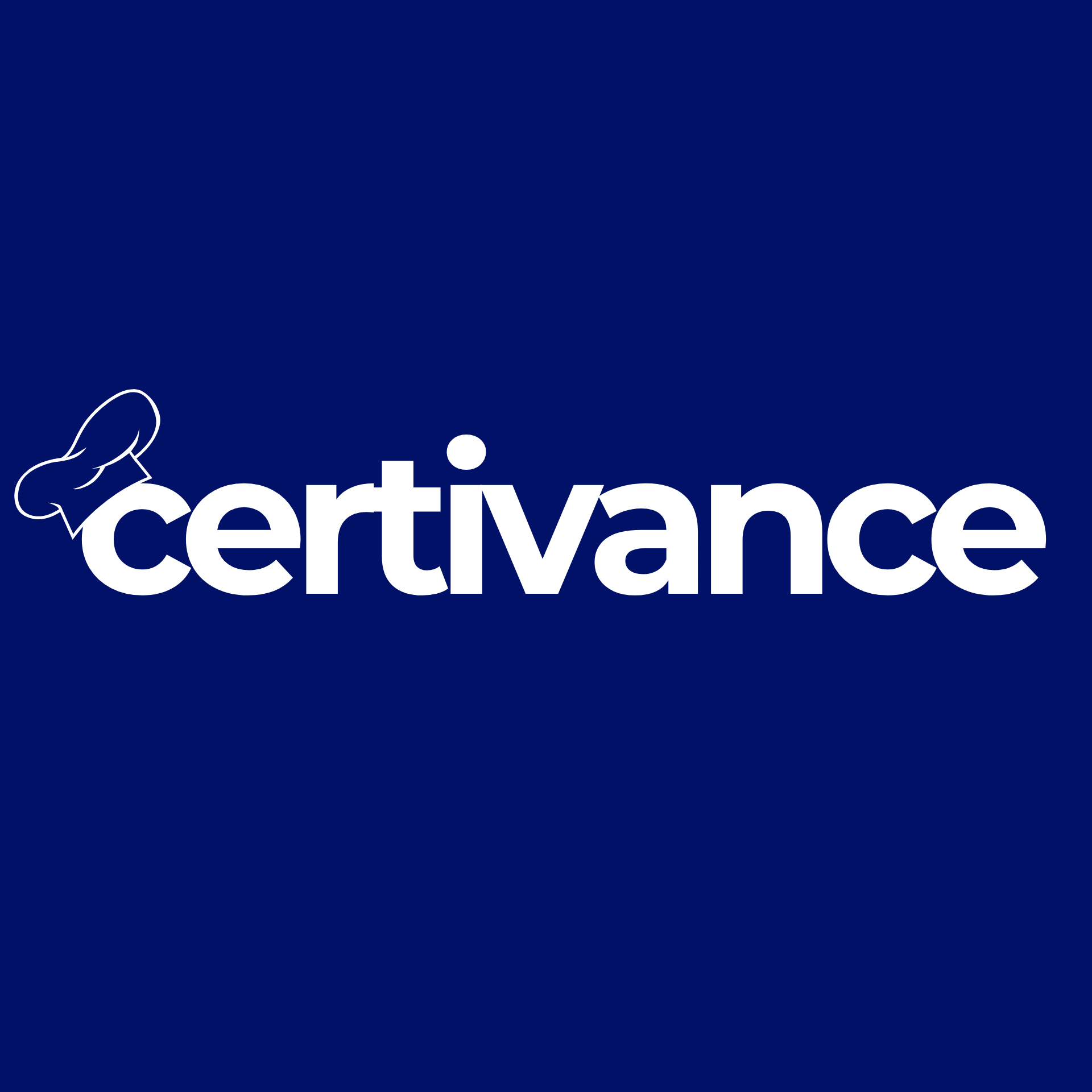
Your HACCP Plan Checklist — Staying Ahead of Food Safety Risks
A Hazard Analysis and Critical Control Point (HACCP) plan isn’t just a compliance formality—it’s the blueprint for keeping your kitchen safe, your team consistent, and your customers protected. Whether you’re building your first plan or reinforcing what’s in place, a clear checklist ensures no step is overlooked. What is HACCP? HACCP is a systematic approach to identifying, evaluating, and controlling food safety hazards. It focuses on prevention rather than reaction. A solid HACCP plan answe

Certivance







